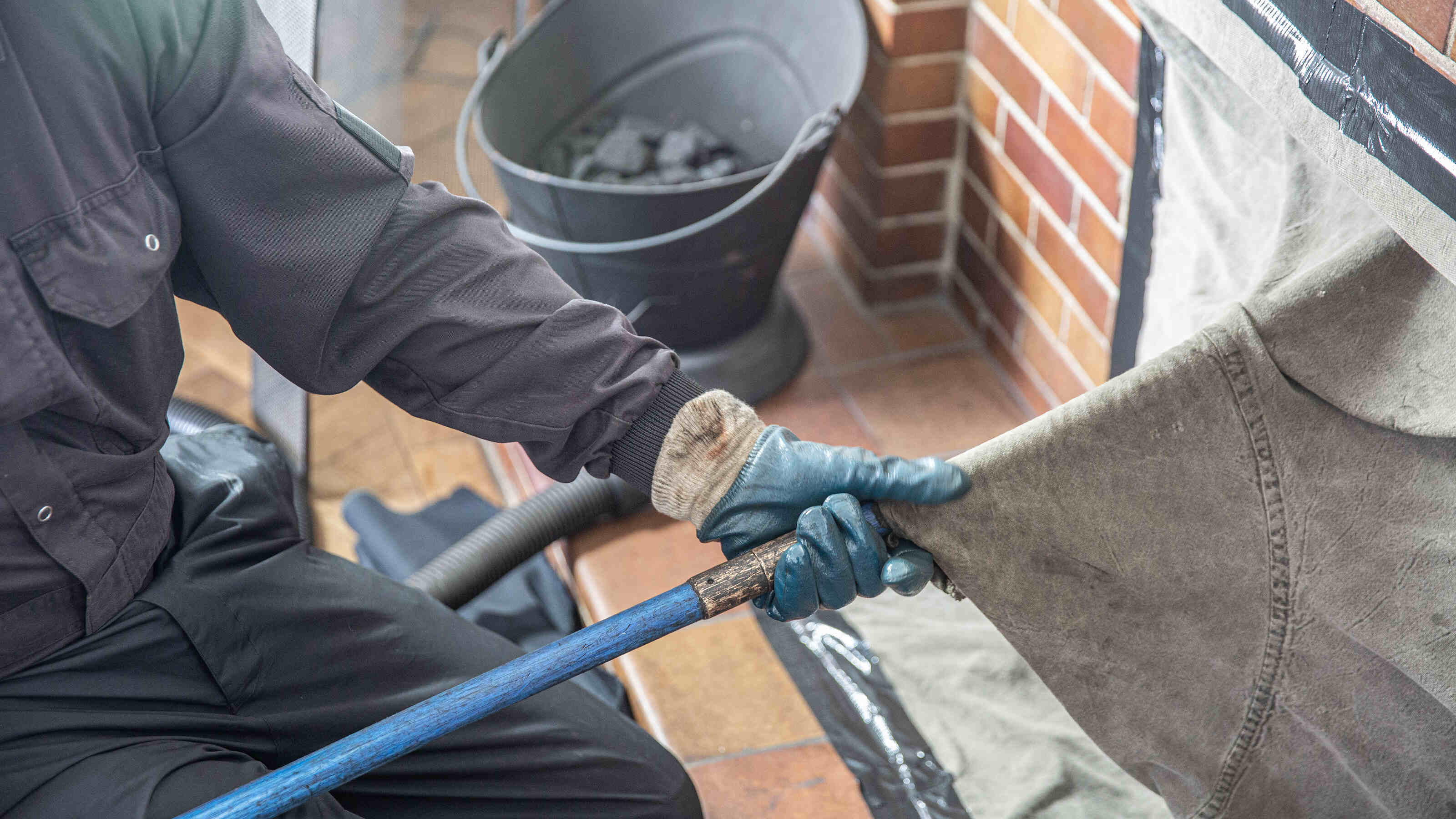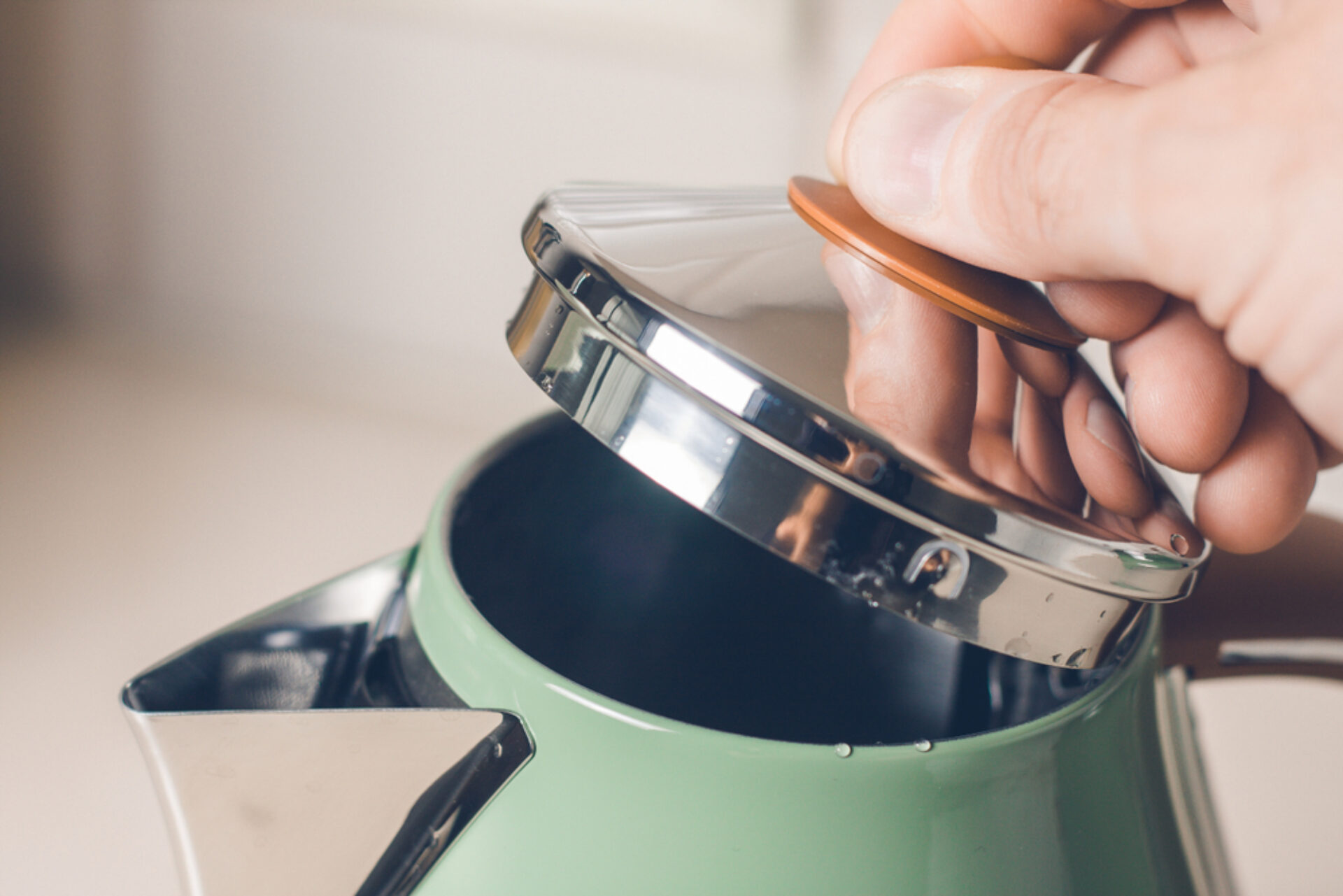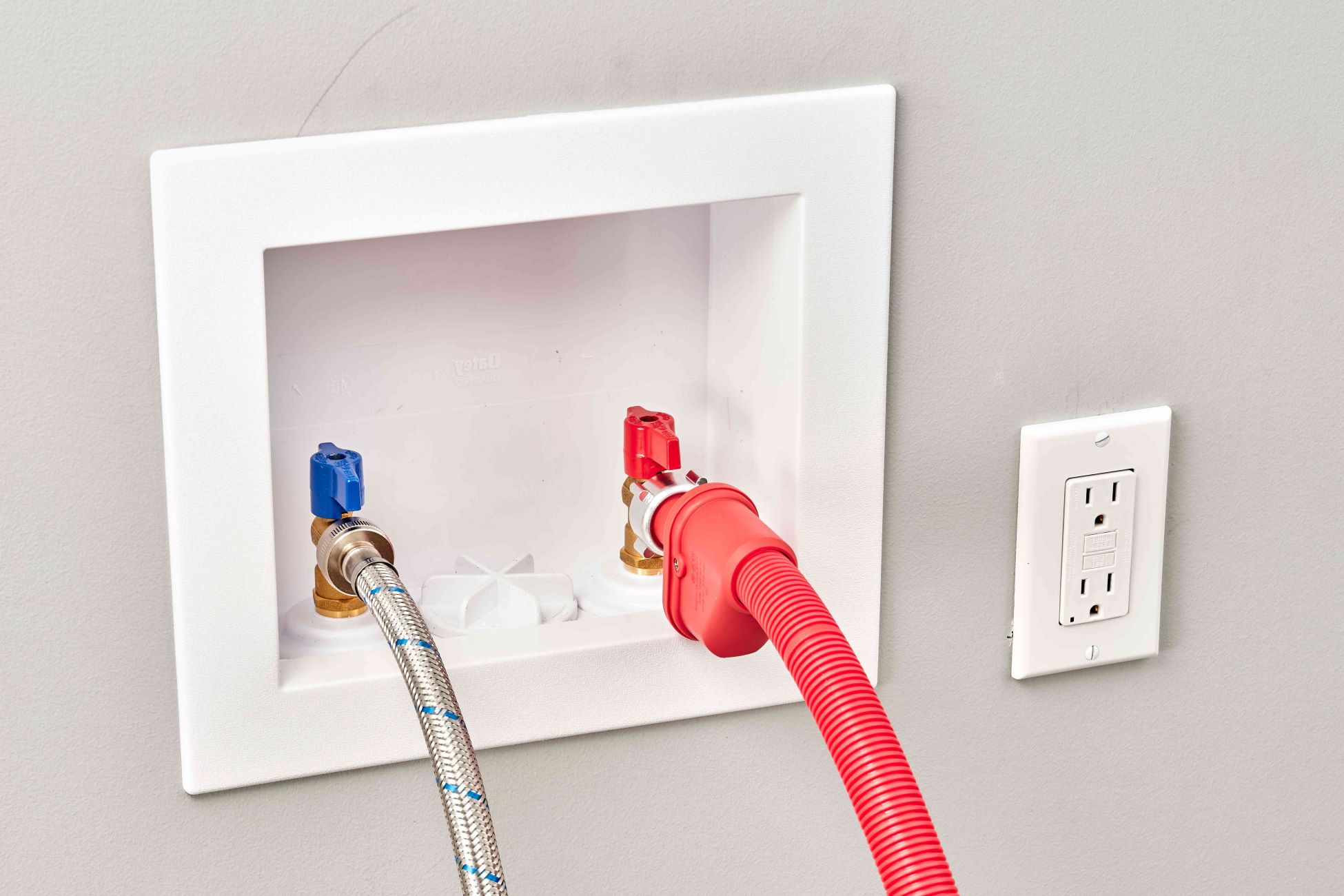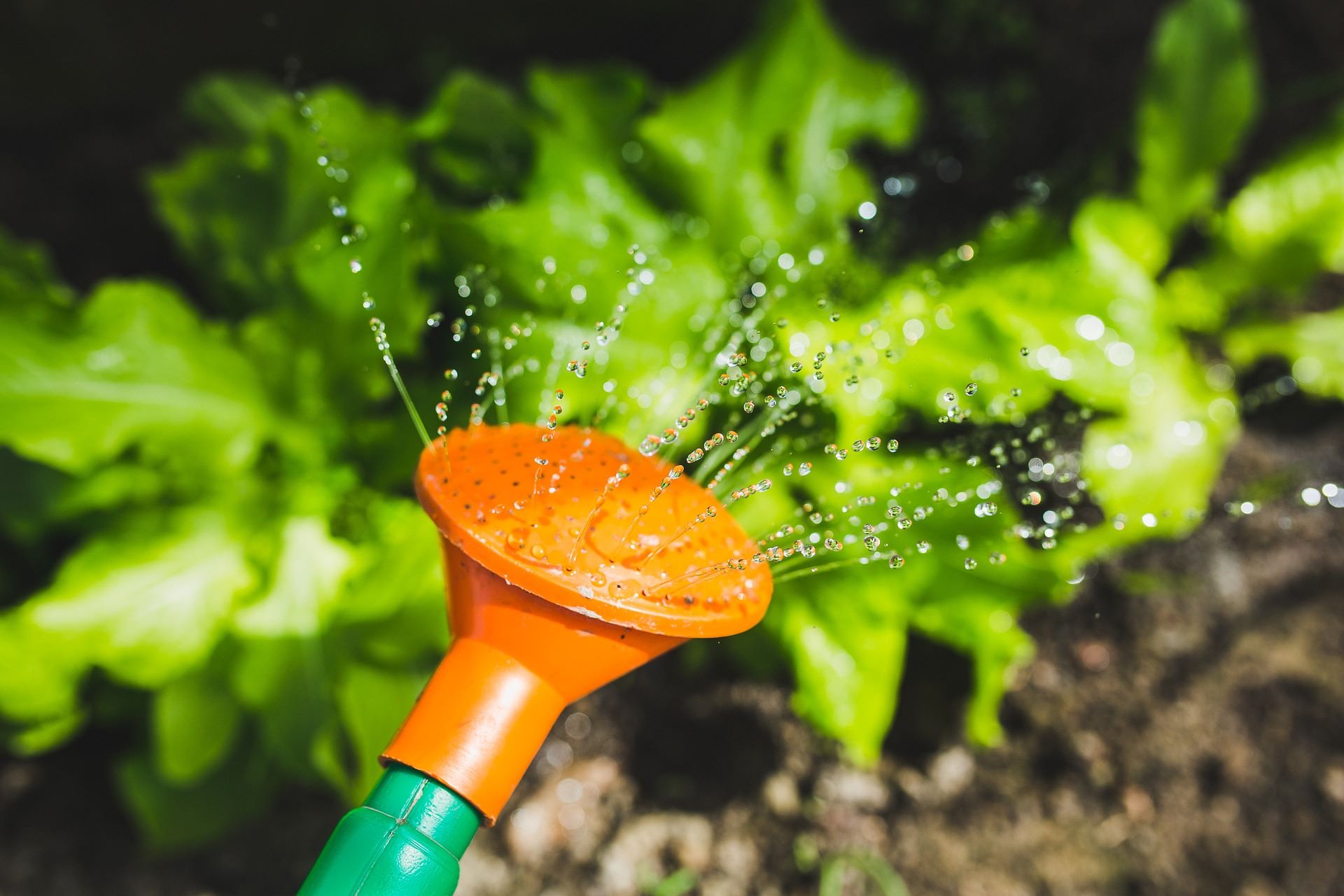Home>Furniture>Bedroom Furniture>How Often Should You Wash A Mattress Protector
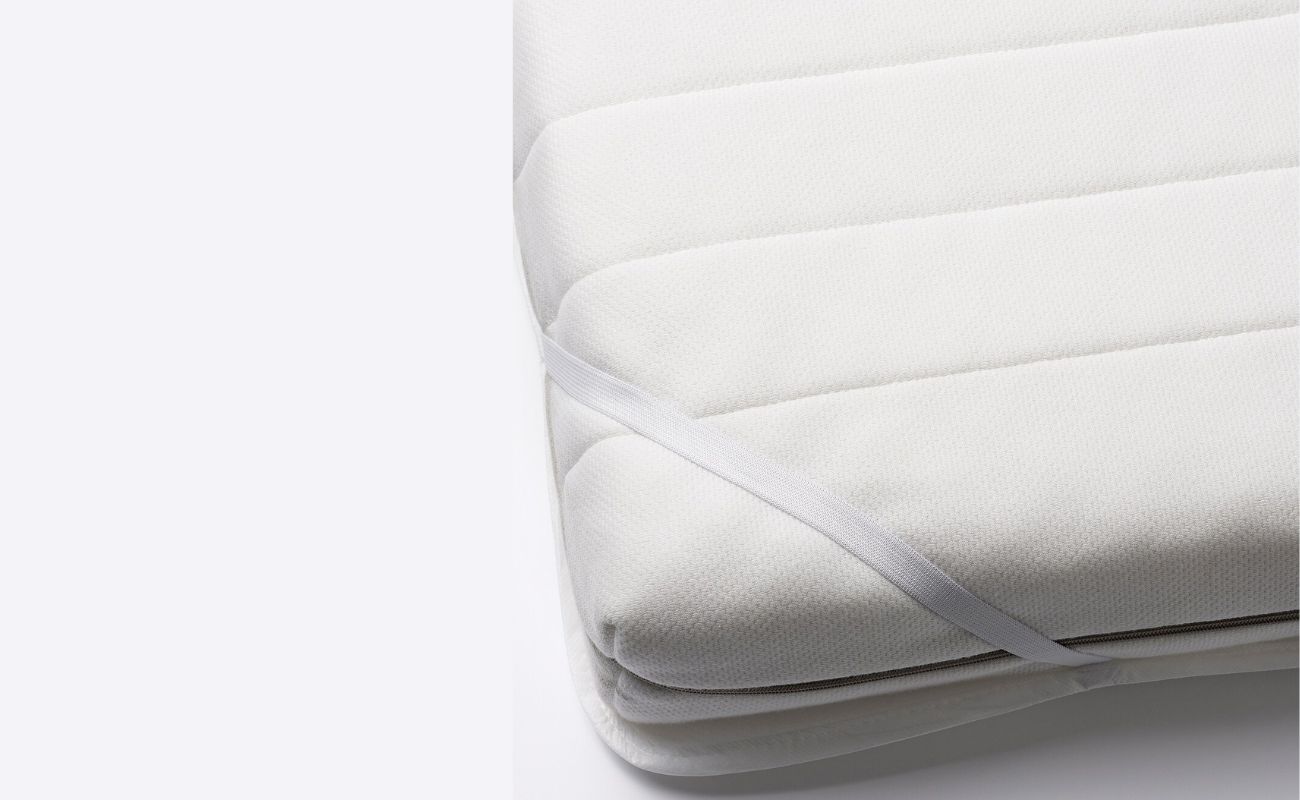

Bedroom Furniture
How Often Should You Wash A Mattress Protector
Modified: January 19, 2024
Learn how often you should wash a mattress protector and keep your bedroom furniture clean and fresh. Protect your investment and ensure a comfortable sleep environment.
(Many of the links in this article redirect to a specific reviewed product. Your purchase of these products through affiliate links helps to generate commission for Storables.com, at no extra cost. Learn more)
Introduction
Welcome to the world of bedroom furniture! One essential piece that often goes unnoticed is the mattress protector. While mattresses offer comfort and support, mattress protectors play a vital role in safeguarding them from spills, stains, dust mites, and allergens. However, to maintain the longevity and hygiene of your mattress protector, regular washing is necessary.
In this article, we will explore the importance of washing a mattress protector, factors to consider, the frequency of washing, signs that indicate it’s time for cleaning, tips for washing, and maintaining your mattress protector.
So, let’s dive in and discover the secrets to keeping your mattress protector fresh, clean, and in its optimal condition!
Key Takeaways:
- Regularly washing your mattress protector every 1-2 months is crucial for maintaining hygiene, preventing stains, and extending the life of your mattress, ensuring a clean and fresh sleeping environment.
- Pay attention to signs such as stains, odors, and allergen-related symptoms to determine when your mattress protector needs washing, promoting a healthier and more comfortable sleep experience.
Read more: How Often Should You Rotate A Mattress?
Importance of Washing a Mattress Protector
A mattress protector serves as a barrier between your body and your mattress, protecting it from spills, sweat, bodily fluids, and even bacteria. It acts as a safeguard, preventing these substances from seeping into the mattress and causing stains, odors, and potential damage.
Regularly washing your mattress protector is essential for several reasons:
- Hygiene: Just like bedsheets and pillowcases, mattress protectors can accumulate sweat, dead skin cells, and other bodily fluids over time. Washing them eliminates these contaminants, promoting a cleaner and healthier sleeping environment.
- Preventing Stains and Odors: Accidents happen, whether it’s spilling a beverage or accidentally leaking during the night. Washing your mattress protector promptly can prevent stains from setting in and keep it smelling fresh.
- Allergen Control: Dust mites and other allergens can accumulate on your mattress protector, triggering allergies or respiratory issues. Regular washing helps remove these allergens, reducing the risk of dust mite infestations and allergies.
- Prolonging the Life of Your Mattress: By using a mattress protector and washing it regularly, you can extend the lifespan of your mattress. The protector acts as a barrier, reducing wear and tear and preventing damage from spills or accidents.
By understanding the importance of washing your mattress protector, you can ensure not only a cleaner and fresher sleeping environment but also the longevity and performance of both your protector and mattress.
Factors to Consider
When determining how often to wash your mattress protector, there are several factors to consider:
1. Usage:
The frequency of washing your mattress protector depends on how often it is used. If you sleep on your mattress every night, it is recommended to wash the protector more frequently. On the other hand, if the mattress protector is used in a guest room or less frequently used bed, it may not require washing as often.
2. Personal Habits:
Individual habits and lifestyle can also impact how often you need to wash your mattress protector. For example, if you have a tendency to sweat profusely during the night, it is advisable to wash the protector more frequently. Similarly, if you have allergies or sensitivities, washing the protector regularly can help alleviate symptoms and maintain a cleaner sleeping environment.
Read more: How Often Should You Change Mattress
3. Environmental Factors:
The environment in which the mattress protector is placed can also influence the frequency of washing. If your bedroom is prone to dust or pet dander, you may need to wash the protector more frequently to remove these allergens. Additionally, if your mattress protector is exposed to direct sunlight or excessive moisture, it may require more frequent washing to prevent mold or mildew growth.
4. Instructions from the Manufacturer:
Always refer to the manufacturer’s instructions for the specific guidelines on washing your mattress protector. Different materials and brands may have different cleaning recommendations. Following these instructions will ensure that you don’t damage the protector or compromise its performance.
By considering these factors, you can determine the appropriate frequency for washing your mattress protector and ensure that it remains clean, fresh, and in optimum condition.
Frequency of Washing
The frequency of washing your mattress protector can vary depending on the factors mentioned earlier. However, as a general guideline, it is recommended to wash your mattress protector every 1-2 months. This timeframe allows for regular maintenance and ensures that it remains clean and hygienic.
However, there are certain situations where you might need to wash your mattress protector more frequently. These include:
1. Spills and Stains:
If you accidentally spill something on your mattress protector or notice any stains, it is essential to wash it as soon as possible. Prompt cleaning helps prevent the stain from setting and becoming more challenging to remove.
2. Allergies or Sensitivities:
If you suffer from allergies or sensitivities, more frequent washing might be necessary to remove allergens and maintain a healthier sleeping environment.
3. Pets or Children:
If you have pets that share your bed or young children who may have accidents, you may need to wash your mattress protector more frequently. These situations can lead to more frequent spills, stains, and the need for regular cleaning.
Remember to always check the manufacturer’s instructions for specific recommendations on how often to wash your particular mattress protector. Adhering to these guidelines will ensure that you maintain its optimal performance and longevity.
Lastly, it’s important to note that regular washing isn’t the only aspect of maintaining a clean mattress protector. It’s also crucial to spot clean any spills or stains immediately to prevent them from becoming more difficult to remove.
By finding the right balance based on your usage, personal habits, and environmental factors, you can determine the frequency that works best for keeping your mattress protector fresh and clean.
Signs that Your Mattress Protector Needs Washing
While a general guideline for washing your mattress protector is every 1-2 months, there are signs that indicate it may need cleaning sooner. These signs include:
1. Stains or Spills:
If you notice any visible stains or spills on your mattress protector, it’s a clear indication that it needs to be washed. Promptly addressing these stains will help prevent them from setting and becoming more difficult to remove.
Read more: How Often Should You Clean A Washing Machine
2. Odors or Unpleasant Smells:
If your mattress protector has developed an odor or smells unpleasant, it’s time for a wash. Body sweat, spills, and pet dander can contribute to these odors over time. Washing the protector will help eliminate the odor and keep it smelling fresh.
3. Allergic Reactions or Respiratory Issues:
If you or anyone in your household has experienced increased allergies or respiratory issues, it’s possible that your mattress protector is harboring dust mites or allergens. Washing the protector can help remove these irritants and improve air quality in your bedroom.
4. Visible Dirt or Debris:
If you notice visible dirt, dust, or debris on the surface of your mattress protector, it’s a sign that it needs washing. Regular use can cause these particles to accumulate, and cleaning the protector will help restore its cleanliness.
5. Itchy or Irritated Skin:
If you develop itchy or irritated skin after sleeping on your mattress protector, it could be a sign of allergens, irritants, or bacteria present on the surface. Washing the protector will help remove these potential culprits and alleviate any discomfort.
By paying attention to these signs, you can determine when your mattress protector needs washing and ensure that it remains clean, fresh, and hygienic for a healthier and more comfortable sleeping experience.
Read more: How Often Should You Wash A Mattress Cover
How to Wash a Mattress Protector
Washing a mattress protector is a relatively simple process that can be done in a few easy steps. Here’s a step-by-step guide on how to wash your mattress protector:
1. Check the care instructions:
Before washing your mattress protector, always refer to the care instructions provided by the manufacturer. Different materials and brands may have specific guidelines on washing temperature, drying methods, and any restrictions to follow.
2. Pre-treat stains:
If you notice any stains on your mattress protector, pre-treat them before washing. Spot treat using a gentle stain remover or a mixture of mild detergent and water. Gently dab or rub the stain, being careful not to scrub too vigorously to avoid damaging the fabric.
3. Machine wash:
Place the mattress protector in the washing machine and select the appropriate water temperature and cycle as indicated on the care instructions. It is usually recommended to use cold or warm water on a gentle cycle.
Read more: How Often Should You Change Your Mattress?
4. Use a mild detergent:
Add a small amount of mild, gentle detergent to the washing machine. Avoid using bleach or harsh chemicals, as these can damage the fabric and compromise its waterproof or protective properties.
5. Wash on a gentle cycle:
Start the washing machine and let it complete the gentle cycle. This ensures a thorough clean without subjecting the mattress protector to excessive agitation or rough treatment.
6. Rinse thoroughly:
After the wash cycle is complete, ensure that all residual detergent is rinsed out. You can run an additional rinse cycle if necessary.
7. Dry properly:
Air drying is usually the recommended method for drying a mattress protector. Hang it outdoors on a clothesline or lay it flat on a clean surface, ensuring proper ventilation. Avoid exposing it to direct sunlight, as this may cause fading or damage to the fabric.
Read more: How Often Should You Buy A New Mattress
8. Reassemble on the mattress:
Once the mattress protector is fully dry, reattach it to your mattress. Ensure a snug fit and smooth out any wrinkles or creases.
Remember, always follow the manufacturer’s instructions for the best cleaning practices specific to your mattress protector. This will help preserve its quality and extend its lifespan.
By properly washing your mattress protector, you can maintain its cleanliness, protect its integrity, and enjoy a fresh and hygienic sleeping environment.
Tips for Maintaining your Mattress Protector
Maintaining your mattress protector is essential to ensure its longevity and optimal performance. Here are some tips to keep your mattress protector in great condition:
1. Regularly launder your protector:
Follow the manufacturer’s recommendations for washing your mattress protector regularly. This helps to remove dirt, allergens, and stains, keeping it clean and fresh. Remember to check the care instructions for specific washing guidelines.
2. Spot clean spills and stains promptly:
Accidents happen, and if you spill something or notice a stain on your mattress protector, take immediate action. Use a mild detergent or stain remover to spot clean the affected area, following the instructions provided. This helps prevent stains from setting in and becoming more difficult to remove.
3. Use a mattress pad or topper:
In addition to using a mattress protector, consider using a mattress pad or topper for added protection. This provides an extra layer between your body and the mattress protector, reducing wear and tear and extending the lifespan of the protector.
4. Rotate your mattress:
Regularly rotating your mattress helps distribute weight and wear evenly, which can contribute to the longevity of your mattress protector. This can help prevent excessive pressure on certain areas and minimize the risk of damage or sagging.
5. Avoid eating or drinking in bed:
To prevent spills and stains, it’s best to avoid eating or drinking in bed. This reduces the chances of accidents that may require immediate cleaning and potentially damage the mattress protector.
6. Keep pets away from the bed:
If you have pets, it’s advisable to keep them off the bed. Pet hair, dander, and accidents can be detrimental to the cleanliness and condition of your mattress protector. Establishing designated sleeping areas for your pets can help minimize the risk of damage or soiling.
7. Follow storage guidelines:
If you need to store your mattress protector for an extended period, make sure to clean and dry it thoroughly beforehand. Store it in a cool, dry place away from direct sunlight and extreme temperatures to prevent any potential damage.
8. Replace when necessary:
Even with proper care and maintenance, mattress protectors will eventually wear out. Keep an eye out for signs of deterioration, such as tears, weakening waterproofing, or a decrease in performance. When needed, replace your mattress protector to ensure continued protection for your mattress.
By implementing these tips, you can extend the life of your mattress protector, enhance its performance, and maintain a clean and healthy sleeping environment.
Conclusion
A mattress protector is a valuable investment for your bed, providing protection against spills, stains, and allergens. Regularly washing your mattress protector is crucial for maintaining its integrity, hygiene, and longevity.
In this article, we discussed the importance of washing a mattress protector to promote cleanliness and prevent damage to your mattress. We also covered factors to consider when determining how often to wash, signs that indicate it’s time for cleaning, and tips for proper maintenance.
By following the recommended guidelines for washing your mattress protector, you can ensure a clean sleeping environment and extend the life of your protector and mattress. Remember to check the manufacturer’s instructions for specific care recommendations tailored to your mattress protector’s material.
Whether it’s addressing spills, pre-treating stains, or airing out allergens, a well-maintained mattress protector can provide you with the peace of mind and comfort you deserve. Regular washing, along with good care practices, will contribute to a fresh, clean, and hygienic sleep surface for years to come.
So, take the time to care for your mattress protector, and in return, it will take care of you, providing a protective barrier, enhancing your sleep quality, and ultimately prolonging the life of your mattress.
Frequently Asked Questions about How Often Should You Wash A Mattress Protector
Was this page helpful?
At Storables.com, we guarantee accurate and reliable information. Our content, validated by Expert Board Contributors, is crafted following stringent Editorial Policies. We're committed to providing you with well-researched, expert-backed insights for all your informational needs.



